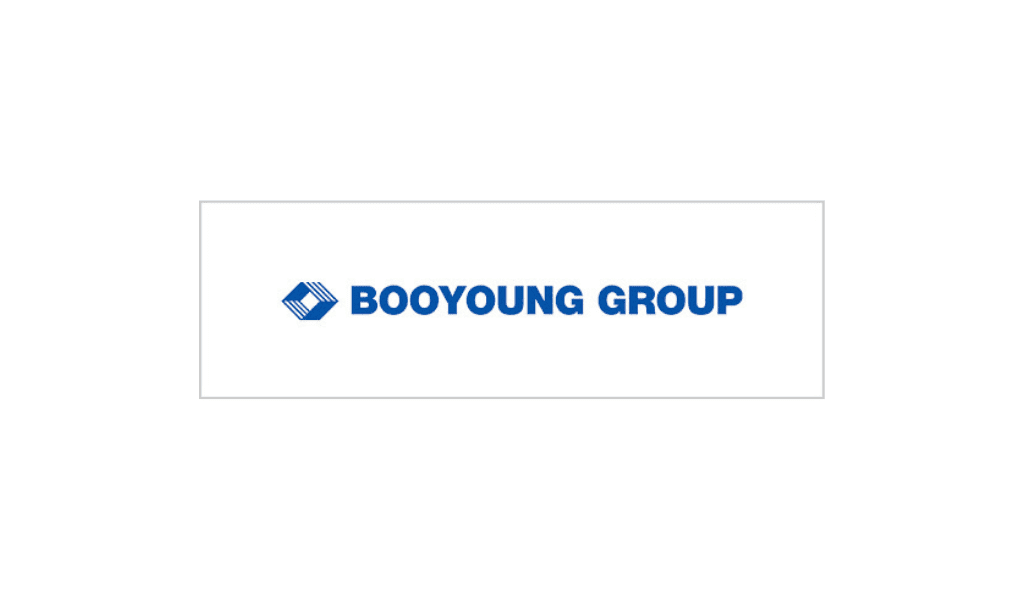By Sharon Cunninghis
A perfect storm is brewing in the healthcare benefits market. Be prepared.
Employers are pivotal players in today’s healthcare system, but their role has remained remarkably passive. Yes, organizations absorb much of the cost of coverage, ensure that they are in compliance with the complicated requirements of the Affordable Care Act, and provide many of the tools their employees need as insurance consumers. However, a transformation is long overdue.
Regardless of the fate of the ACA under a new Republican administration, nearly two-thirds of all insured coverage in the U.S. is provided by employers, who collectively spend nearly $1 trillion annually on health benefits for their work forces. Benefit cost increases outpace overall inflation, and 14.2 percent of payroll is allocated to healthcare benefits, according to Mercer’s National Survey of Employer Sponsored Health Plans.
Healthcare is at the center of impending change. New tech-based entrants are adding more pressure to health plans, which are also facing consolidation pressures. Already, market fragmentation and shifting expectations are bringing more complexity. Alternative care delivery options are emerging, and diverse workforce preferences ensure that one size cannot fit all members. Plan designs and networks available on the public exchanges are likely to foster greater inequality among healthcare consumers.
Yet quality healthcare is key for organizations: A healthy workforce is strongly aligned with business success in areas such as increased productivity, reduced absenteeism, higher retention, and better overall engagement. Statistics show that the stock value of companies with superior wellness programs has outperformed the S&P 500 stock market index.
An influential report by Health Affairs, Health Policy Brief: Reducing Waste in Health Care, estimated that 34 percent of U.S. healthcare spending is wasted. A recent study from Johns Hopkins University suggested that medical errors are the third leading cause of death in the U. S. And as for satisfaction with the healthcare system, the 2016 B2C NPS bench marking report from Satmetrics Shows that health plans have a Net Promoter Score of 18 out of 100, which places them in the bottom quartile of business-to-consumer services.
The evidence of escalating costs, wasteful spending, quality gaps, and low satisfaction ratings is driving the need for transformation. There are steps that organizations -no matter how large or small -can take to make a difference and transform from passive players to change agents:
1.Pay for value. Align reimbursement of medical claims with value, not volume. Employers should pay for better patient outcomes, more efficient care, and an improved member experience. It will require them to know what percentage of their workforce is cared for by providers with value-based reimbursements models -such as ACOs and PCMHs -and how much they are receiving In additional fees. The practice of reporting value based reimbursement models must be built into carrier contracts and/or RFPs.
2.Drive to quality. Deliver the right care at the right time, in the right setting, and error-free. Employers must inventory all sources of quality information from current vendors; know where the workforce is receiving low-quality care; evaluate plan design options to create a meaningful cost differential between seeking care in high- and low-quality settings; and modify carrier contracts to exclude payment for “never events” (serious negative outcomes that are preventable).
3.Personalize the experience. Leverage better data and technology to engage employees in the right behaviors every day -not just when care is needed. Employers must hold vendors accountable for achieving a high NPS via a performance guarantee; offer services that provide high touch/ high-tech support to help employees become more empowered consumers; and create baseline assessments of what their workforce segments want and value in healthcare design. It’s also important to recognize that their employees are the customers of their benefits offerings.
4.Embrace disruption. Inject change into the system even if it creates short-term disruption. Employers must assess and score how each vendor partner aligns with strategic objectives; define expectations for all vendor partners while establishing discipline and agreeing to a cadence for measurement and reporting; review procurement and contractual requirements associated with out clauses; form new partnerships if current partners aren’t delivering; make the business case for change with internal leaders; and socialize the business imperative.
There’s a long road ahead to meaningful change, but committing to this four-pronged strategy today is the first step. It has the potential to ensure a better tomorrow for all stakeholders.
Sharon Cunninghis is a Mercer senior partner and U.S. health leader.














